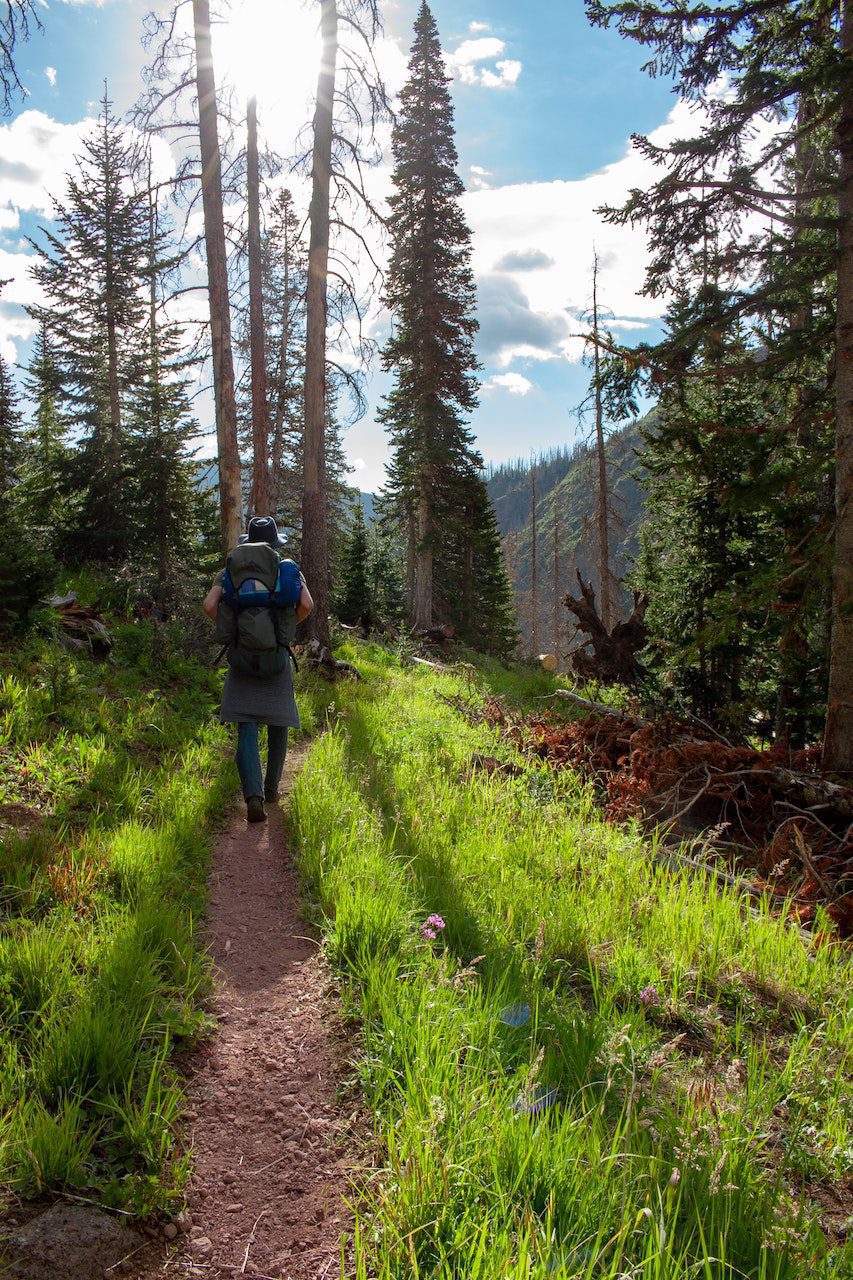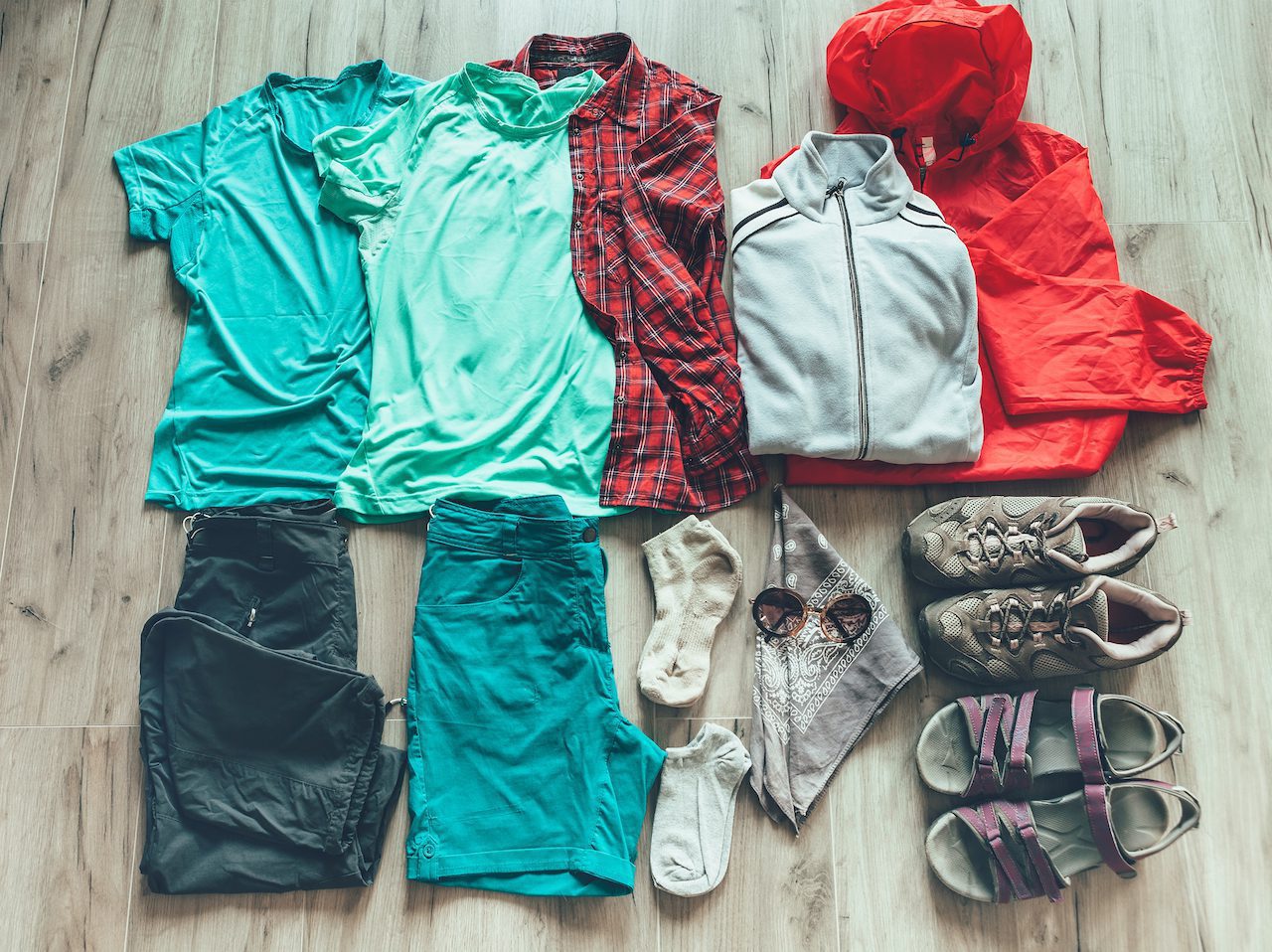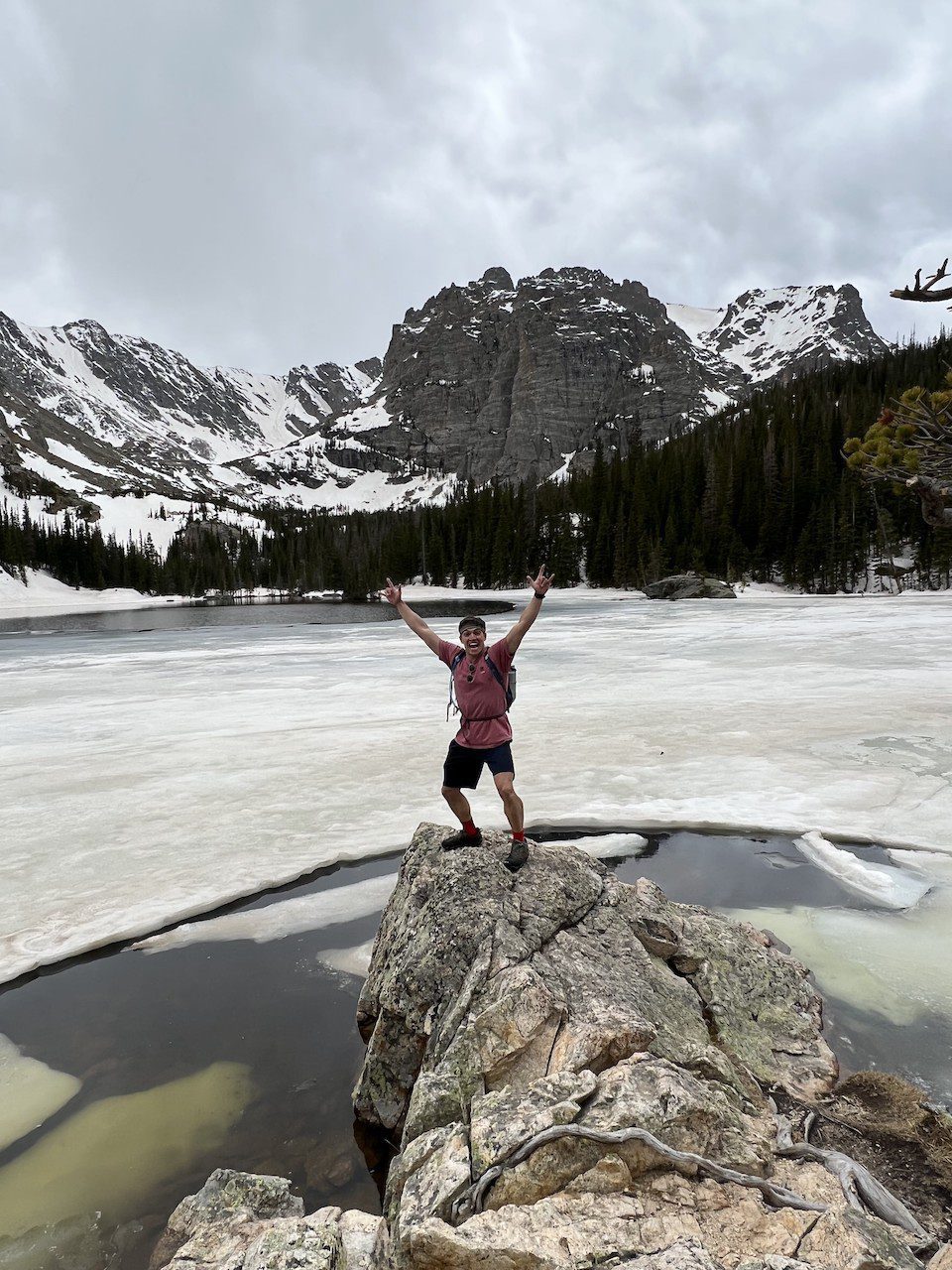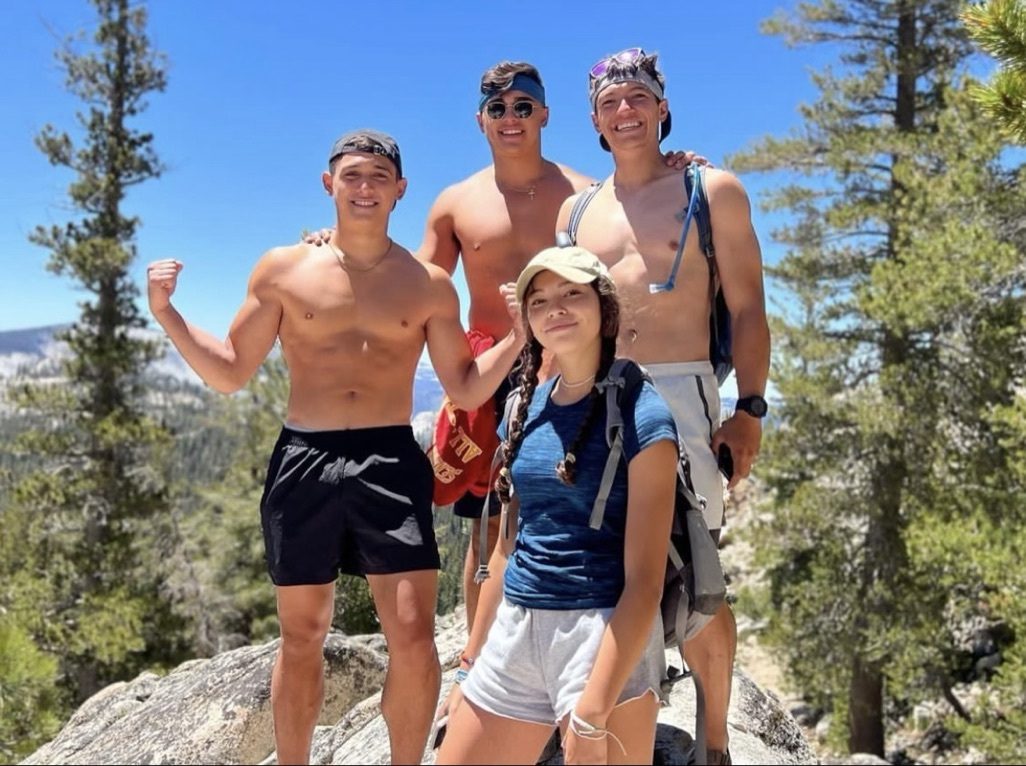
Disclosure: Some links on this page are affiliate links, and if you go through them to make a purchase or a booking, I may earn a commission. Using these links DO NOT affect the cost of the product/booking. The price remains the same affiliate link or not.
What Clothes Should You Wear To Sleep When Backpacking?
Getting a good night’s sleep is important whether you are on the trail or not. Backpacking, however, requires more preparation when it comes to deciding what clothes to wear to sleep. It is essential to have the proper clothing to remain warm and comfortable when sleeping under the stars. In general, I would recommend the following when planning what clothes you should wear to sleep when backpacking:
- Have a separate set of sleep clothes that you will wear to bed every night, typically consisting of:
- Wool hiking socks
- Thermal pants & shorts
- Thermal long sleeve & shirt
- Camp shoes
- Sleeping bag with proper temperature rating (not clothing, I know, but still important to mention)
- Keep extra clothes with you in your tent/hammock if you need to bundle up a bit more, such as:
- Down jacket
- Hat/beanie
- Waterproof gloves
- Extra layers

Have A Separate Set Of Sleep Clothes When Backpacking:
Whenever going on a backpacking trip, you should have a separate set of clothes dedicated for sleeping. Pack this set of clothes in their own section of your dry bag to keep them as clean and dry as possible throughout your hike.
Like with all gear preparation, the sleep clothes you bring backpacking should cater to the conditions you plan to hike in. In other words, the colder the weather, the more bundling up you should do, the warmer the weather, maybe less so.
There are many different options you can go with when it comes choosing what sleep clothes to wear for a backpacking trip. The below are what I typically wear on a summer backpacking trip.
Wool Hiking Socks
Hiking socks are a must-have for every backpacking trip. Although they are more expensive, quality wool hiking socks are worth it because they offer increased comfort, insulation, and protection. These guys are a must when sleeping because they will help keep your little piggies warm all night long! If you want to learn more about hiking socks and their benefits, check out my article “Are Hiking Socks Necessary? 5 Reasons Why You Need Hiking Socks”
Thermal Pants and Shorts:
For your legs, I recommend going with thermal pants and a pair of shorts. You do not need to go crazy with the kind of shorts you bring, but you should get a quality pair of thermal pants to last you a while. I recommend both thermals and shorts because if it turns out that you are too warm at night, you can always take off the thermals and just wear your shorts to keep you comfortable.
Thermal Long Sleeve And Shirt
For your upper body, I essentially recommend the same thing with the same reasoning if you get too warm then you can always shed layers to keep you sweating in your tent.
Camp Shoes
Having a pair of camp shoes to give you a break from your hiking boots into is essential for any backpacking trip. Camp shoes should be a light-weight and comfortable shoes/sandals you can change into after a long day of hiking.
The last thing you want is to wake up in the middle of the night to pee and have to put on your sweaty hiking boots or leave your tent barefoot to do your business. If you want to learn more about camp shoes, check out my article “What Are Camp Shoes? Are Camp Shoes Necessary?”
Pack A Sleeping Bag With The Proper Temperature Rating:
Okay, I know, this isn’t exactly sleeping clothes but it is still extremely important to mention. All sleeping bags have a temperature rating indicates the upper threshold that the sleeping bag will still keep you warm. Therefore you need to do the proper research on the weather and have an estimate for the coldest it can possibly get at night so you bring a sleeping bag that works below that temperature. If you want to learn more about the sleeping bag temperature rating system check out REI’s helpful article.
If you do not have a properly rated sleeping bag, you will likely be in for a miserable night no matter what sleep clothes you have!
Extra Sleeping Clothes To Keep Handy In Your Shelter For Colder Nights:
It is also a good idea to have a few other articles of clothing available to you should you encounter an especially chilly night when out on the trail. Whenever you are turning in for the night you should make sure these items are within arm’s reach to layer up easily.
Hat / Beanie
Cheap, lightweight, and warm beanies are great to have with you for those chilly nights!
Waterproof Gloves
A nice pair of waterproof gloves is a helpful item to have whenever backpacking, it is especially handy to have with you when sleeping should your hands get chilly.
Down Jacket
A down jacket is an vital piece of clothing that you should have with you on every backpacking trip. You do not need to buy a separate one for sleeping. That would be a bit of overkill, but you should always bring it with you in your tent or hammock to have another layer to throw on should the temperature start to drop.
Extra Layers If Needed:
This is something that you should be brought on an as needed basis. If you are preparing to to go on a backpacking trip where there is a possibility of encountering colder temperatures, bringing extra layers such as an extra long sleeve shirt may be beneficial to have if you encounter colder than expected weather. Worst case scenario, you have extra clothes to make a pillow!
*Bonus Tip* Clean Off Before Putting On Your Sleep Clothes
After a long day of hiking, you will be dirty, sweaty, and smelly, so it is a good idea to clean off using wet wipes or a nearby stream before getting into some cozy sleep clothes. The fact that we set aside a set of clean clothes won’t make a difference if we just put them when we are gross and sweaty!











